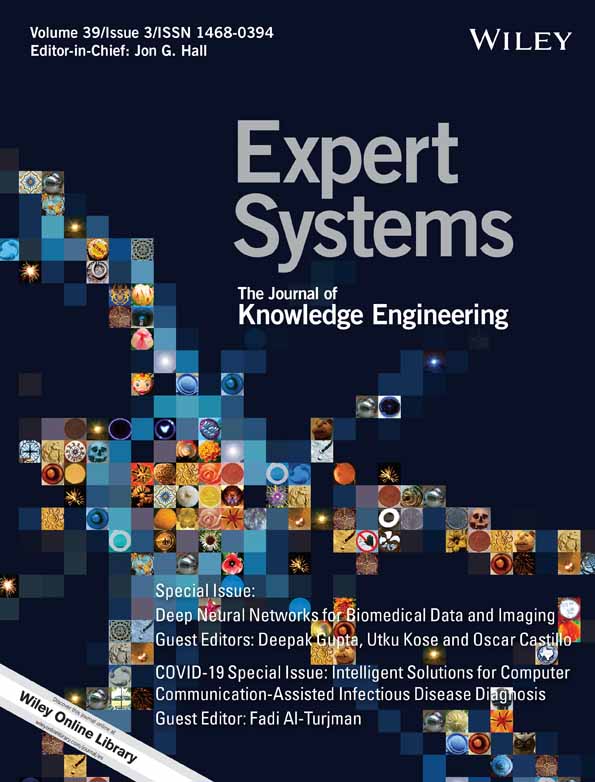Predictive effect of computed tomography imaging omics features under deep learning on metastatic lymph nodes of nasopharyngeal carcinoma
Jianpeng Yuan and Wensheng Huang contributed equally to this work.
Abstract
This article was to explore the adoption value of deep learning combined with computed tomography (CT) imaging omics in the prediction of metastatic lymph nodes of nasopharyngeal carcinoma (NPC). An end-to-end neural network architecture was designed based on the fully convolutional neural network (FCNN), which was applied to the CT image analysis of 52 patients with lymphatic metastasis and 36 patients without lymphatic metastasis. Patient's lymph node volume (V), the largest cross-sectional shortest diameter (d-value), and other macro characteristics were recorded. The microscopic features of its CT imaging omics were extracted. Moreover, receiver operating characteristic (ROC) curve was utilized to analyse the prediction performance (accuracy, area under the curve [AUC], and Youden index) of each feature for lymphatic metastasis. The results showed that the lymph node volume (4.37 ± 0.67) and the shortest diameter of the largest cross section (12.35 ± 2.31) of patients with lymph node metastasis were greatly larger than those without lymph node metastasis (1.84 ± 0.65, 7.98 ± 2.04) (P < 0.05). There were five features that met the conditions of AUC > 0.7 and Yoden index>0.5, including lymph node volume (AUC area 0.945, Youden index 0.597), the shortest diameter of the largest cross section (AUC area 0.746, Youden index 0.539), Surface Area Density (AUC area 0.809, Youden index 0.552), Compactness1 (AUC area 0.751, Youden index 0.537), and Convex Hull Volume (AUC area 0.751, Youden index 0.537). The AUC of V+ Surface Area Density + Compactness1 + Convex Hull Volume was 0.876, and the prediction accuracy was 92.11%. In short, the prediction model composed of the macroscopic features of CT images and some imaging omics features based on deep learning showed high accuracy and AUC for the prediction of NPC metastatic lymph nodes. Moreover, V + Surface Area Density + Compactness1 + Convex Hull Volume can be used as the optimal feature combination model for predicting NPC lymphatic metastasis.
CONFLICT OF INTEREST
None.
Open Research
DATA AVAILABILITY STATEMENT
The data that support the findings of this study are available from the corresponding author upon reasonable request.




